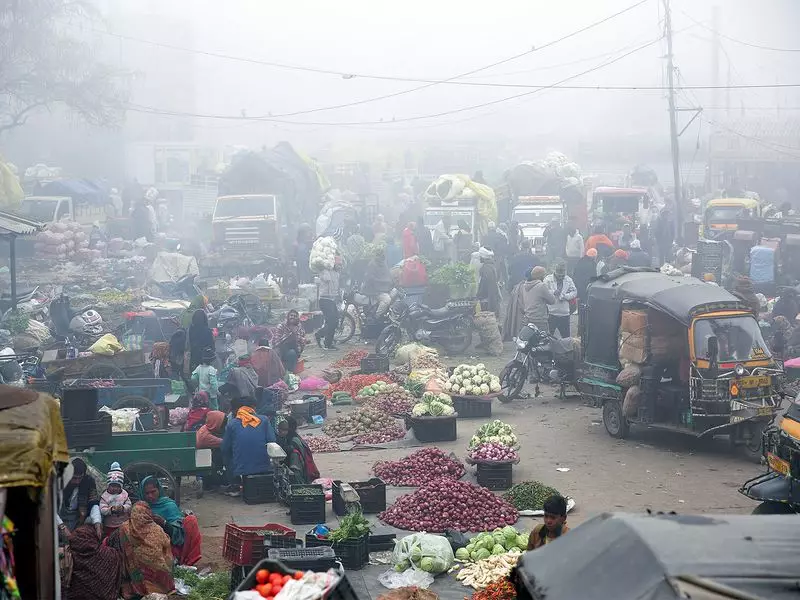
The Indian retail landscape is witnessing a significant transformation as online grocery shopping gains substantial momentum, though traditional purchasing habits for fresh produce remain firmly entrenched, according to a comprehensive new analysis.
Digital Grocery Shopping Sees Robust Expansion
A recent report from PricewaterhouseCoopers (PwC) India reveals that the online grocery market in India is experiencing impressive annual growth rates between 25% and 30%. This surge represents a fundamental shift in how Indian consumers approach their routine shopping needs, with digital platforms becoming increasingly integrated into daily life.
The comprehensive study highlights that while packaged goods and non-perishable items are migrating rapidly to online platforms, consumer behavior regarding fresh fruits, vegetables, and other perishable goods tells a different story. The trust in physical inspection and immediate availability continues to drive Indian shoppers to local markets and neighborhood stores for their fresh produce requirements.
The Fresh Produce Paradox: Why Offline Prevails
Despite the overall growth in digital grocery adoption, the PwC analysis identifies a crucial distinction in purchasing patterns. Fresh produce categories, including fruits, vegetables, and meat products, continue to see predominantly offline purchases. This trend underscores the enduring importance of sensory evaluation—the ability to touch, smell, and visually inspect fresh items—in Indian shopping culture.
The report suggests that this preference for physical shopping experiences for fresh goods stems from several factors deeply rooted in consumer behavior. Quality assurance, the ability to select specific items, and the immediacy of taking products home immediately after purchase are among the key drivers maintaining the dominance of traditional retail channels for perishable goods.
This creates a unique hybrid shopping pattern where consumers might purchase packaged goods, household items, and personal care products online while continuing to visit local markets or kirana stores for their daily fresh produce needs.
Market Implications and Future Trajectory
The PwC findings present important implications for both online retailers and traditional market players. For digital grocery platforms, the challenge lies in building sufficient consumer trust in their fresh produce quality and delivery mechanisms. For physical retailers, the opportunity exists to leverage their strengths in fresh categories while potentially developing their own digital capabilities.
The report indicates that the Indian grocery market is evolving toward an omnichannel future where both online and offline channels coexist and complement each other. Consumers are increasingly comfortable using multiple shopping methods based on convenience, product category, and specific needs.
The growth trajectory suggests that online grocery penetration will continue to deepen, particularly in urban centers and among younger demographic segments. However, the complete transition to digital platforms for all grocery categories, especially fresh produce, appears to be a more gradual process that will require significant shifts in consumer trust and behavior.
As technology advances and delivery infrastructure improves across both metropolitan and tier-2 and tier-3 cities, the boundaries between online and offline grocery shopping may continue to blur. The ultimate winners in this evolving marketplace will likely be those retailers who can successfully integrate both digital convenience with the quality assurance that Indian consumers demand, particularly for their fresh food purchases.





